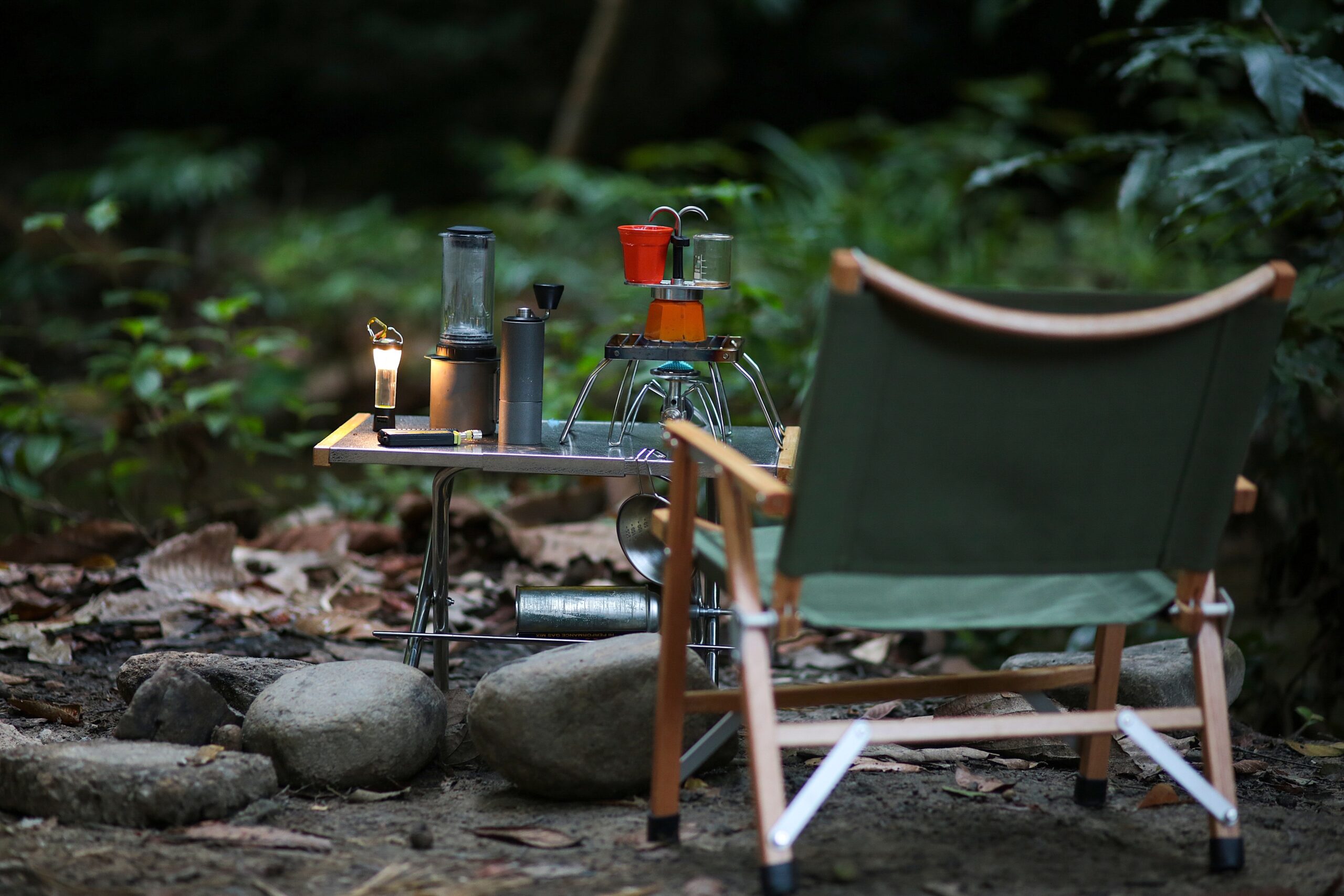Sintered Stone Countertops: The New Frontier in Home Design
Sintered stone is rapidly emerging as a preferred material in the world of home design, particularly for countertops. Created through a process that mimics the natural formation of stone, sintered stone is made by subjecting raw materials to extreme heat and pressure. This results in a product that is not only visually stunning but also incredibly durable and versatile.
One of the standout qualities of sintered stone is its resistance to scratches, stains, and heat, making it an ideal choice for kitchen countertops. Unlike traditional materials such as marble or granite, sintered stone is non-porous, which means it does not require sealing and is highly resistant to bacteria and mold. This hygienic property is particularly appealing for homeowners who prioritize cleanliness and maintenance ease.
Moreover, sintered stone offers a wide range of design possibilities. It can mimic the appearance of natural stone, wood, or even concrete, providing endless opportunities for customization. This flexibility makes it a favorite among designers looking to create unique and personalized spaces. As more homeowners seek sustainable and durable options, sintered stone is poised to become a staple in modern home design.
Home Design Trends 2024: Embracing Innovation and Sustainability
The year 2024 is set to bring exciting changes to home design, with a strong focus on innovation, sustainability, and personalization. As environmental awareness continues to grow, more homeowners are looking for eco-friendly materials and design solutions that minimize their carbon footprint.
Sustainable materials such as reclaimed wood, bamboo, and recycled metal are gaining popularity, as they offer both aesthetic appeal and environmental benefits. Additionally, the trend towards open and flexible spaces is expected to continue, with more homes incorporating multi-functional areas that adapt to the needs of modern living.
Another key trend is the integration of smart technology into home design. From energy-efficient appliances to automated lighting and climate control systems, technology is playing an increasingly important role in creating comfortable and efficient living environments. As homeowners seek to personalize their spaces, custom cabinetry, unique lighting fixtures, and bespoke furniture pieces are becoming more prevalent, reflecting individual tastes and lifestyles.
Overall, the design trends of 2024 are characterized by a harmonious blend of innovation, sustainability, and personalization, offering homeowners the opportunity to create spaces that are both stylish and environmentally conscious.
Eco-Friendly Kitchen Materials: A Greener Way to Cook
As sustainability becomes a central focus in home design, eco-friendly kitchen materials are gaining traction among environmentally conscious homeowners. These materials not only reduce the environmental impact of kitchen renovations but also contribute to healthier indoor environments.
Bamboo is one such material that is highly regarded for its sustainability. As a fast-growing grass, bamboo can be harvested without causing deforestation, making it an excellent choice for kitchen cabinetry and flooring. Its natural beauty and strength make it a popular alternative to traditional hardwoods.
Recycled glass countertops are another eco-friendly option, offering a unique and vibrant aesthetic. Made from post-consumer glass, these countertops are not only sustainable but also durable and easy to maintain. They come in a variety of colors and patterns, allowing homeowners to make a bold design statement while supporting environmental conservation.
Additionally, reclaimed wood is becoming increasingly popular for kitchen islands and cabinetry. By repurposing wood from old buildings or furniture, homeowners can add character and warmth to their kitchens while reducing waste and preserving natural resources.
Incorporating eco-friendly materials into kitchen design not only supports environmental sustainability but also enhances the overall aesthetic and functionality of the space, making it a wise choice for the modern homeowner.
Comparing Sintered Stone with Traditional Countertop Materials
When it comes to selecting the right countertop material, homeowners have a plethora of options to consider. Sintered stone, however, stands out for its exceptional qualities that often surpass those of traditional materials like granite, marble, and quartz.
Granite, for instance, is renowned for its natural beauty and durability, but it requires regular sealing to prevent stains and bacterial growth. Marble, while elegant, is prone to scratching and etching, particularly from acidic substances. Quartz, although highly durable and low-maintenance, often lacks the natural stone appearance that many homeowners desire.
Sintered stone, on the other hand, combines the strengths of these materials while minimizing their weaknesses. Its non-porous surface eliminates the need for sealing, and its resistance to heat, scratches, and stains makes it highly practical for busy kitchens. Additionally, sintered stone can be manufactured to mimic the appearance of natural stone, offering the aesthetic appeal of marble or granite without the associated maintenance challenges.
For homeowners seeking a countertop material that offers both beauty and functionality, sintered stone presents a compelling option. Its ability to withstand daily wear and tear while maintaining its stunning appearance makes it an attractive choice for modern kitchens and bathrooms.
The Future of Kitchen Design: Innovation Meets Sustainability
As we look to the future of kitchen design, it is clear that innovation and sustainability will continue to drive trends and influence material choices. Homeowners are increasingly prioritizing eco-friendly solutions that align with their values, leading to a greater demand for sustainable materials and energy-efficient technologies.
Smart kitchens are expected to become more prevalent, with integrated appliances and systems that enhance convenience and efficiency. Innovations in materials, such as sintered stone, will play a crucial role in shaping the aesthetics and functionality of future kitchens, offering durable and versatile solutions that cater to the needs of modern living.
Moreover, the emphasis on personalization will continue to grow, with homeowners seeking unique design elements that reflect their individual tastes and lifestyles. From custom cabinetry to bespoke lighting fixtures, the future of kitchen design promises to be both innovative and deeply personal.
As we embrace these trends, the kitchen will continue to evolve as a central hub of the home, where style, sustainability, and technology converge to create spaces that are both beautiful and functional.





